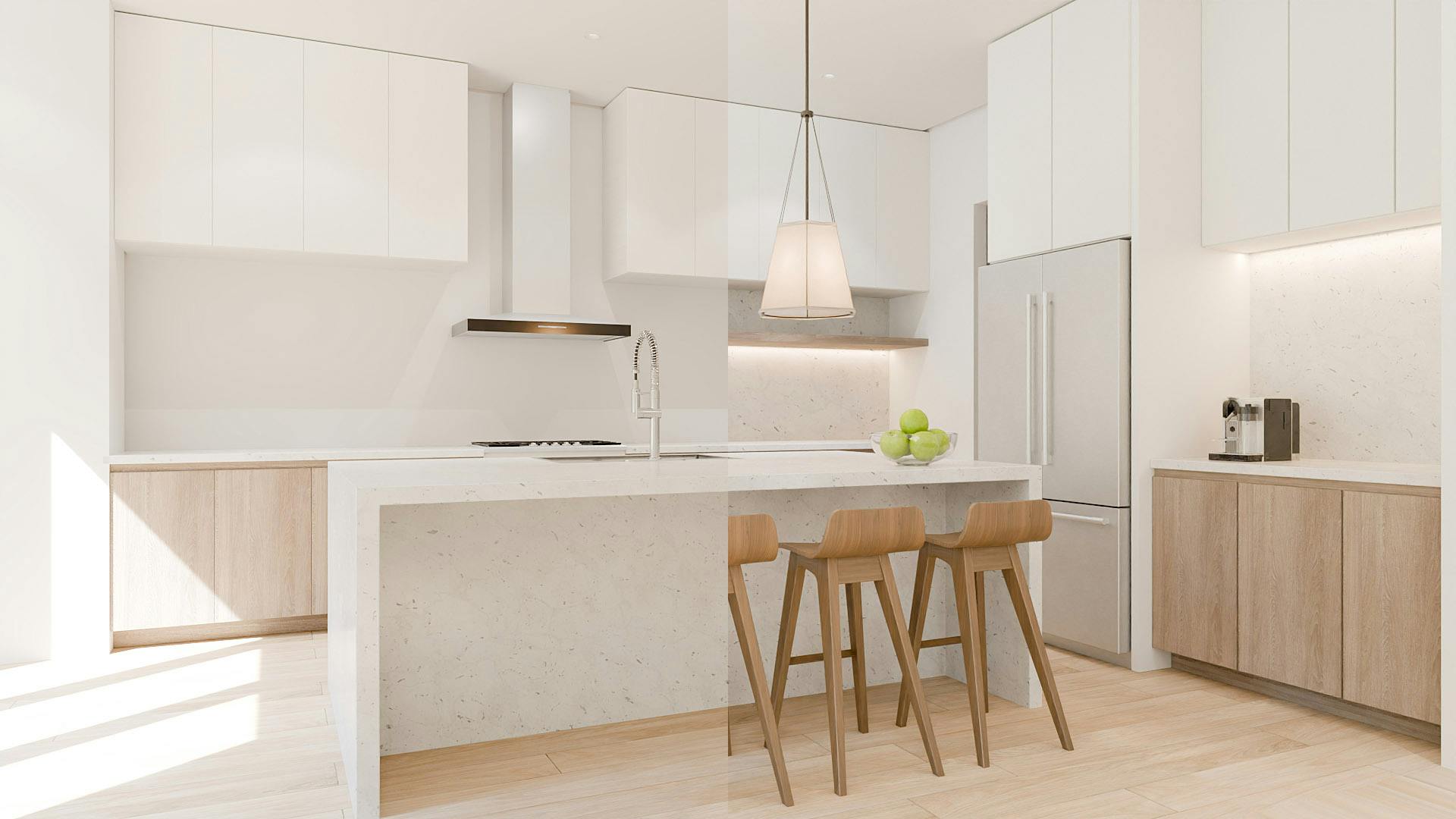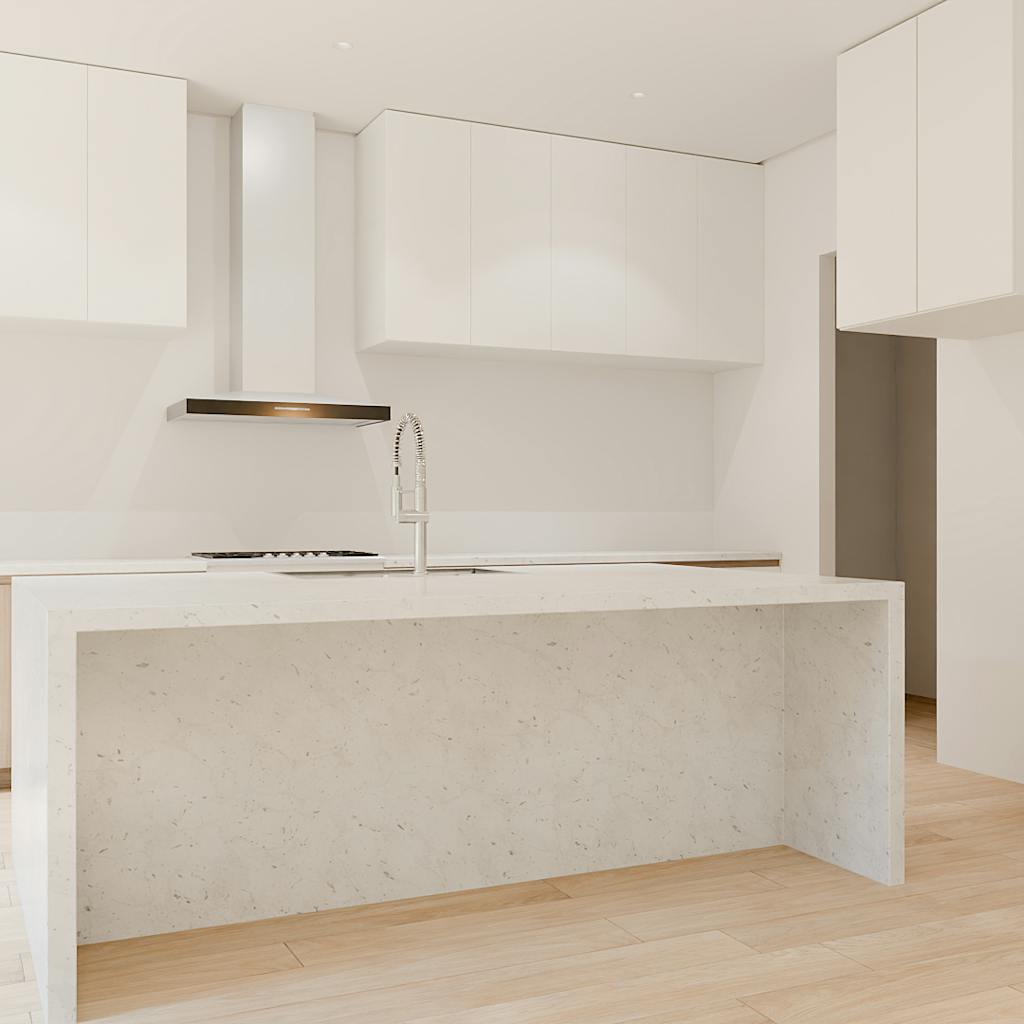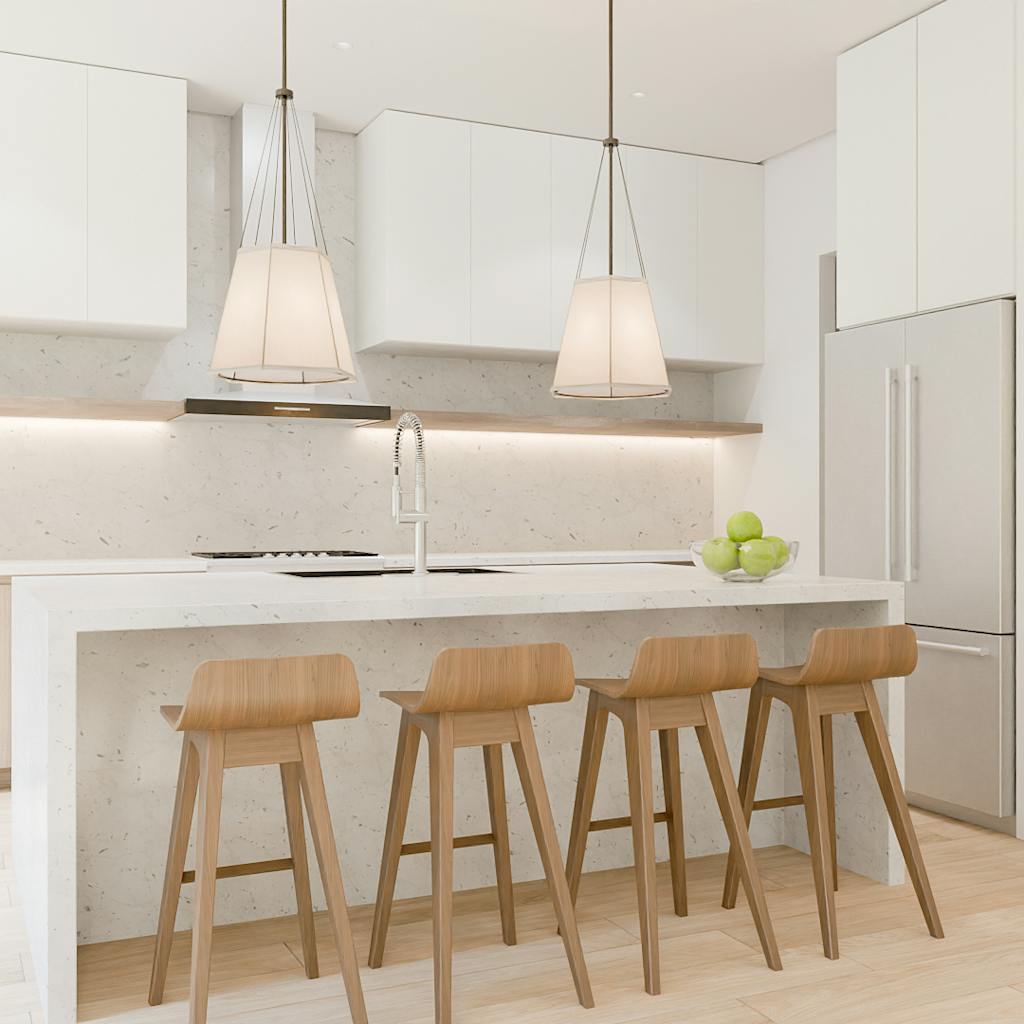Virtual Staging vs. Traditional Staging: The Best Way to Sell Homes Faster
Virtual vs. Traditional Staging: Which Sells Faster?
Apr 11, 2025 · 6 min read

Real estate virtual staging is helping homes sell faster. More buyers are browsing listings online. They’re making decisions based on what they see on their phones. First impressions matter. And visuals matter even more.
That’s why staging is a must. It helps buyers connect with the home. It helps them imagine what life could look like there.
But which type of staging works best—virtual or traditional?
Let’s take a closer look at both.
What Is Real Estate Virtual Staging?
Real estate virtual staging is done with photo editing software. Instead of bringing in real furniture, designers use digital tools to create realistic, styled rooms.
You start with photos of empty rooms. Then the staging team adds furniture, lighting, wall art, rugs, and more—all digitally. The end result looks like a beautifully designed space.
No movers. No furniture. No delays. Just clean, styled rooms are shown online.
Pros of Virtual Staging:
- Much more affordable than traditional staging.
- Fast turnaround. Usually ready in 24 to 48 hours.
- Great for online listings, social media, and digital brochures.
- Multiple styles can be applied to the same space.
- Perfect for vacant homes or new builds.
- No damage to walls, floors, or finishes.
Cons of Virtual Staging:
- Buyers can’t see it in person—it only lives in photos.
- If the photos aren’t realistic, buyers may feel misled.
- It requires high-quality original photos to work best.
- Doesn’t help with in-person showings unless paired with light staging.

Source: HomeRender
What Is Traditional Home Staging?
Traditional staging means physically bringing furniture and décor into a home. A professional stager might bring a sofa, bed, rugs, lamps, art, and plants. The goal is to make the space feel warm, welcoming, and move-in ready.
Buyers walk into the home and see a complete setup. It helps them understand how the rooms can be used. It helps with flow, function, and scale.
Pros of Traditional Staging:
- It's real. Buyers can physically walk through a staged space.
- It adds charm and emotion during showings and open houses.
- Great for older buyers who value in-person tours.
- Helpful in competitive, high-end markets where visual appeal is everything.
Cons of Traditional Staging:
- It's expensive. Staging a home can cost thousands of dollars.
- It takes time to schedule, deliver, and remove furniture.
- It's limited to one design style. You can't easily change it.
- It may not be worth it for lower-priced or smaller properties.
Which Sells Homes Faster?
Both types of staging help. Homes that are staged—virtually or physically—tend to sell faster than homes that are not staged at all.
But for most agents, speed and cost matter. Virtual staging often gives the biggest impact with the least effort. You can showcase different room styles. You can appeal to specific buyer groups. You can post polished, eye-catching photos in a short amount of time.
Buyers are starting their journey online. That’s where you win their attention. If your listing looks better than the one next to it, your home gets the clicks, the calls, and the offers.
Virtual staging gives you a powerful tool to stand out.

Source: HomeRender
When to Use Each Option
Use traditional staging when:
- The home is high-end or luxurious.
- You expect a lot of in-person showings.
- The seller is willing to invest in staging costs.
- The home is empty and feels cold or too large without furniture.
Use virtual staging when:
- You’re working with a tighter budget.
- The home is vacant or under construction.
- You want to market quickly and effectively online.
- You need different versions for different buyers.
- You want to reduce time and hassle.
In some cases, you can even use both. Use virtual staging for your online photos and use minimal, real pieces for in-person visits.
The Bottom Line
You don’t always need a truckload of furniture to make a home shine. What you need are visuals that inspire buyers to act.
Real estate virtual staging is fast, flexible, and affordable. It’s perfect for online marketing. It helps agents sell homes faster by grabbing attention at the very first click.
Traditional staging still has value, especially for homes that need a little help creating an emotional connection in person. But virtual staging gives you everything you need for many listings—without the heavy lifting.
Buyers are busy. They’re browsing on their phones, on the go. They want listings that are clean, inviting, and easy to imagine. Give them that, and you’ll get more offers.
Want to boost your listing even more? Learn how to set your property up for success with our guide: How to Prepare a Winning Real Estate Listing
Share this article
Last updated on Jul 15, 2025